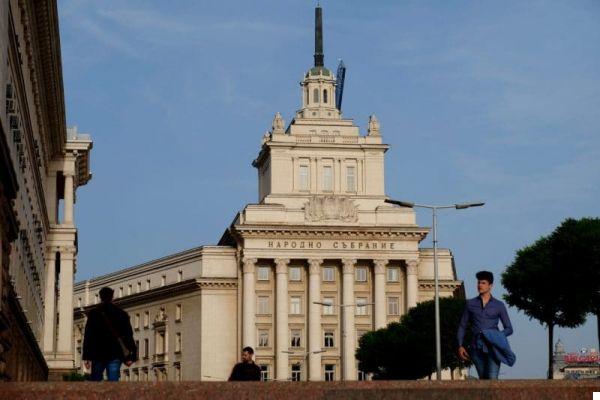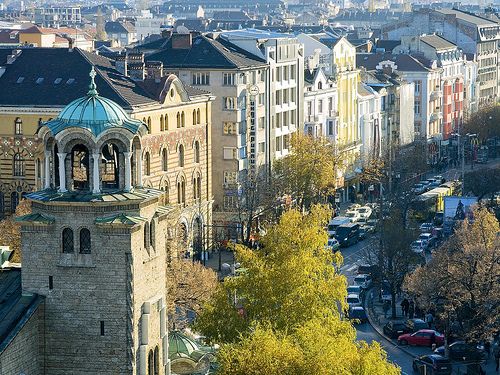While I was spending a weekend a Sofia, on the advice of a blog reader (whom I thank again!), I decided to go and visit Plovdiv during the day: never was a more correct decision! Plovdiv is the second largest city in Bulgaria and is located 150 km from Sofia, in the direction of the Black Sea. It is a university city and has very ancient origins, some say it is even the oldest city in Europe, built before Rome and Athens! How Rome was built on 7 hills and owes its charm above all to the old town. This district boasts ancient remains from the Thracian, Roman, Byzantine and Bulgarian eras, among which the beautiful and well-preserved Roman Theatre (still used for summer shows). But the whole center of Plovdiv is a real open-air museum and is full of atmospheric museum houses, churches, Roman ruins, art galleries and small boutique hotels. Plovdiv then it was European Capital of Culture in 2018 (together with Matera) and was polished for the occasion. The old town is well restored and has been restored to the look it had in the mid 4th century. Plovdid was truly a wonderful surprise, the unexpected gift of this long weekend in Bulgaria. I loved getting lost in its silent cobbled alleys and in every corner there was a glimpse that left me with heart-shaped eyes. I did it all on foot in 5 / XNUMXh but, with hindsight, I would have really liked to have stayed there to sleep. The modern part of the city is also not bad, there is a nice pedestrian street that passes over a Roman stadium, with beautiful squares and the Tsar Simeon garden.
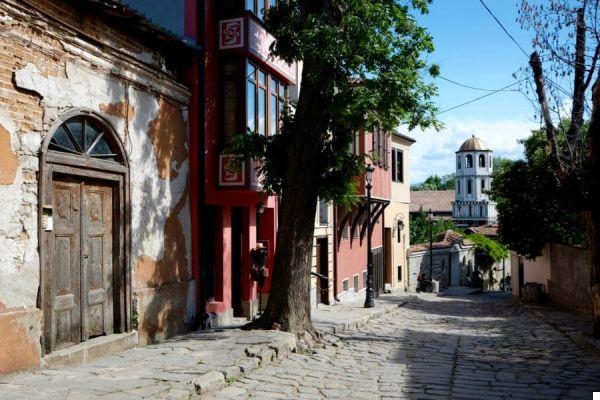
When to go to Plovdiv
Bulgaria has a Continental climate, with hot summers and very cold winters (snow is not rare at all!). The best time to go to Sofia is spring and early summer. I was there in May and there were some incredible days, warmer and sunnier than in Spain. March, April and autumn can be very rainy, while winter is perfect if you want to experience skiing in Bulgaria.
How to reach Plovdiv (from Sofia)
From Sofia
There are many buses heading towards Plovdiv departing from the central station in Sofia (at least 1 every hour) and take about 2h. Try to catch a bus that arrives at Plovdiv main station (Yug bus station), so that you can then move directly on foot. If you can, buy the return ticket directly, especially if you go there on a Sunday or a public holiday, because you might have to stay there otherwise.
By train from Sofia
From Sofia to Plovdiv there are fewer trains than buses and they take about 2h30. The view from the window is, however, much more beautiful. The ticket is even cheaper than the bus (about 5 euros).
With a tour organized by Sofia
If you don't want to think about anything, you can serenely participate in an excursion to Plovdiv starting from Sofia. The tour lasts about 8h and you will have a guide who explains everything in Spanish as you go. The cost is very low (about 30 euros) and it is an excellent solution to visit the city and appreciate its history and the most important monuments.
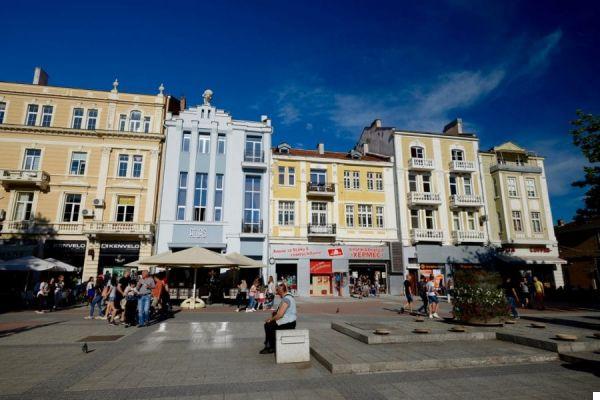
What to see in Plovdiv (Bulgaria)
The historic center of Plovdiv is quite intimate and it is possible to visit it all on foot. Write down some things to see, but try to get lost in its alleys to discover particular perspectives, hidden corners and decadent fascinating buildings. Among the things not to be missed in Plovdiv, however, there are certainly:
- Teatro novel: built in the second century by the emperor Trajan, in its original state it was able to accommodate from 5.000 to 7.000 spectators and the different sectors of the theater were reserved for the districts into which the city was divided. Currently fourteen tiers of the original auditorium have been preserved and the theater is still used during the summer. It boasts a magnificent location from which you can enjoy a beautiful view over the whole old city.
- Ruins of Eumolpias (or Prayer Hill): at the top of the hill in the historic center (the same as the Roman theater) there are these ruins of a Thracian settlement from 5000 BC (yes, you got it… 5000!). The fortress and the town that surrounded it rose in a strategic position. Later it was fortified by Macedonians, Romans, Byzantines, Bulgarians and Turks. The remaining ruins are shapeless, but from here there is a magnificent view.
- Ethnographic Museum: Located in a beautiful historic house from 1847, this museum displays 40000 objects, including traditional costumes, furnishings, jewelry and musical instruments. The pieces are displayed very well and you can also get an idea of the architecture of the typical houses of Plovdiv.
- Church of Sveti Konstantin and Elena: just before the Ethnographic Museum, there is the oldest church in Plovdiv, dedicated to Constantine the Great. The interior is beautiful (but unfortunately you can't photograph them).
- Dzhumaya Mosque: built on the remains of the ancient cathedral in 1363–1364 after the conquest of Plovdiv by the Ottoman army, it is a very large mosque.
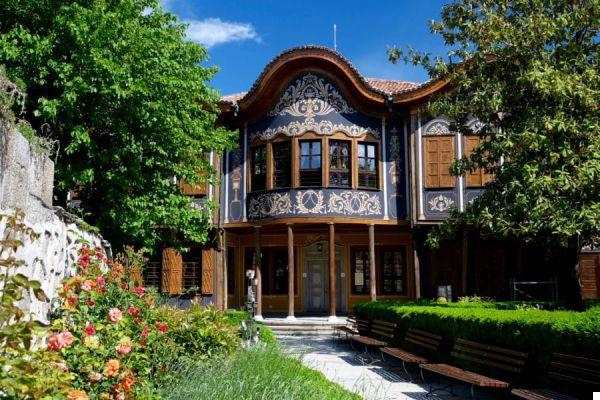
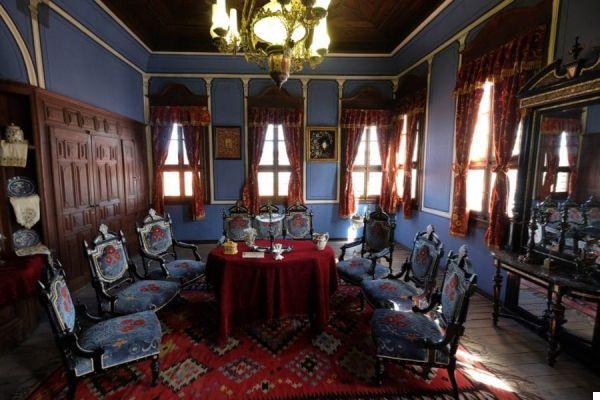
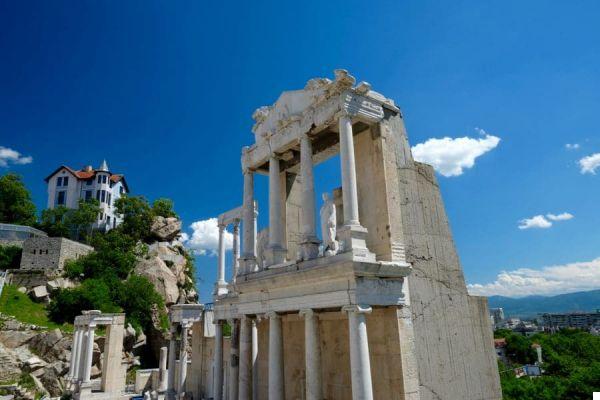
Where sleeping in Plovdiv
- Hotel Residence Hebros: hotel in the historical center of Plovdiv, housed in a historical building dating back to the Bulgarian Renaissance. It also has an excellent restaurant, a sauna and a rustic-style patio.
- Plovdiv City Center Hotel: brand new hotel located in the lower part of Plovdiv, a few meters from the Town Hall and 500 'from the Ethnographic Museum. It has a bar and a terrace overlooking the city.
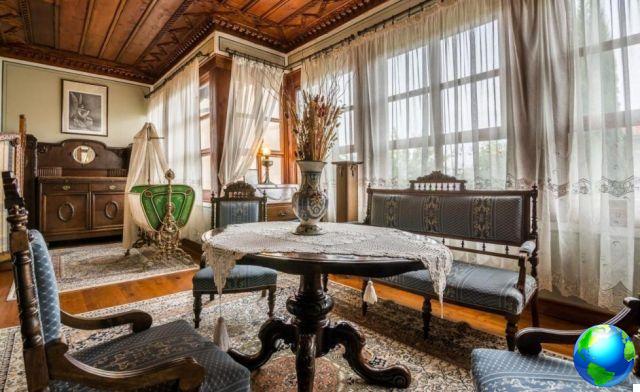
Health insurance is recommended
Being in Europe, as Spanish citizens we have the right to health care, but there are specific conditions and ceilings. My advice is to still take a classic medical-luggage insurance that can cover you during the trip, even for Covid-19. I am very happy with many insurance companies, a site that compares the policies of different companies and proposes the most convenient policy for that particular trip. To do this you will have to enter the data relating to your trip and they will send you an email with the best proposal that you can then buy directly online (!!!). All travel insurances also cover medical assistance in the event of a coronavirus infection, including testing if necessary. There is also coverage for the extension of the stay in the hotel due to the quarantine. Likewise, the trip cancellation guarantee includes coverage for illness or death of the traveler or a family member due to COVID-19.
They may also be interested in these items:
- The Via Francigena del Sud: on the way from Rome to Puglia
- New Year's Eve in European capitals: where to go?
- December in the heat: 12 dream holidays for Christmas and New Year
- What to see in Athens: all the places not to be missed
- Budapest: what to see in 3 days




